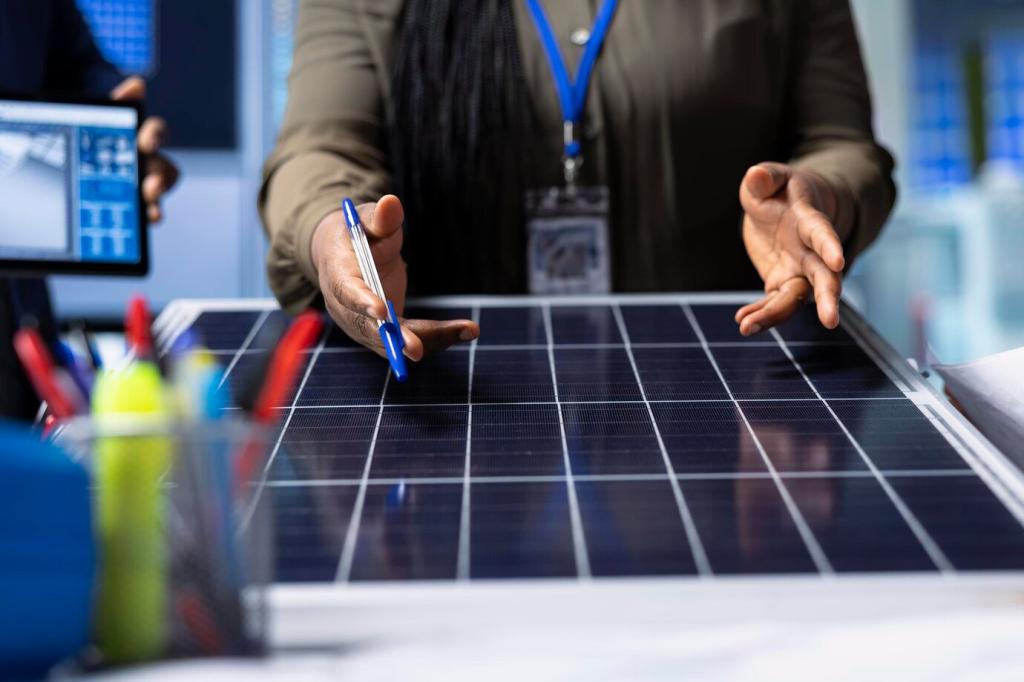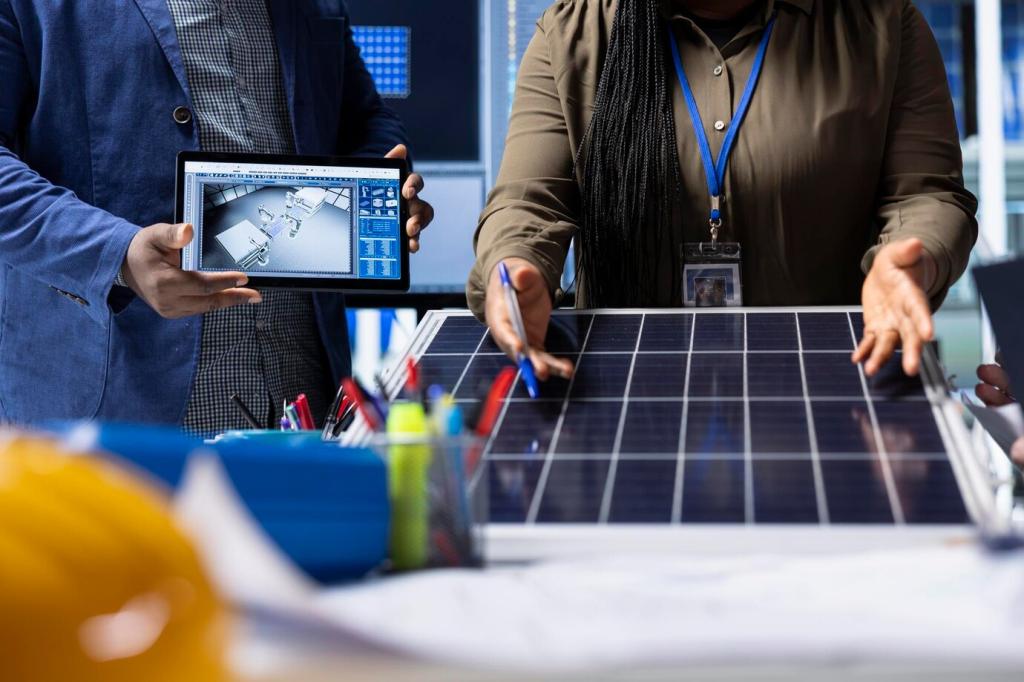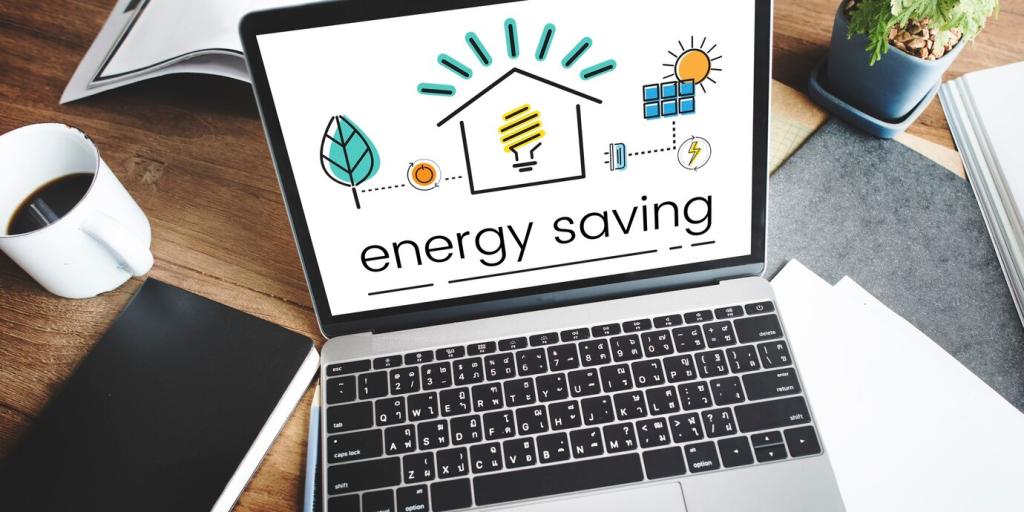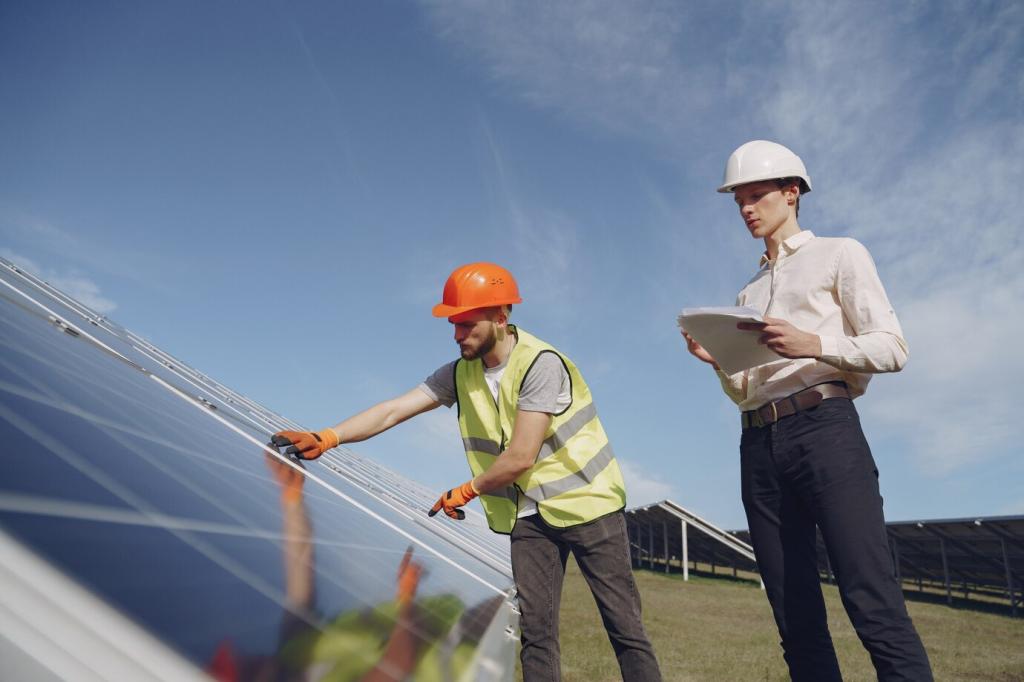Everyday Practices to Multiply the Impact
Run dishwashers, dryers, heat pumps, and electric vehicle charging during sunny hours. Matching demand to your panel output increases self-consumption, reduces grid reliance, and captures more of the carbon benefit your rented system makes possible.
Everyday Practices to Multiply the Impact
Switching from gas to efficient electric appliances multiplies impact. Heat pumps, induction cooktops, and EVs powered by your rented solar replace fossil use in heating, cooking, and transport, stacking emissions reductions across daily life.






